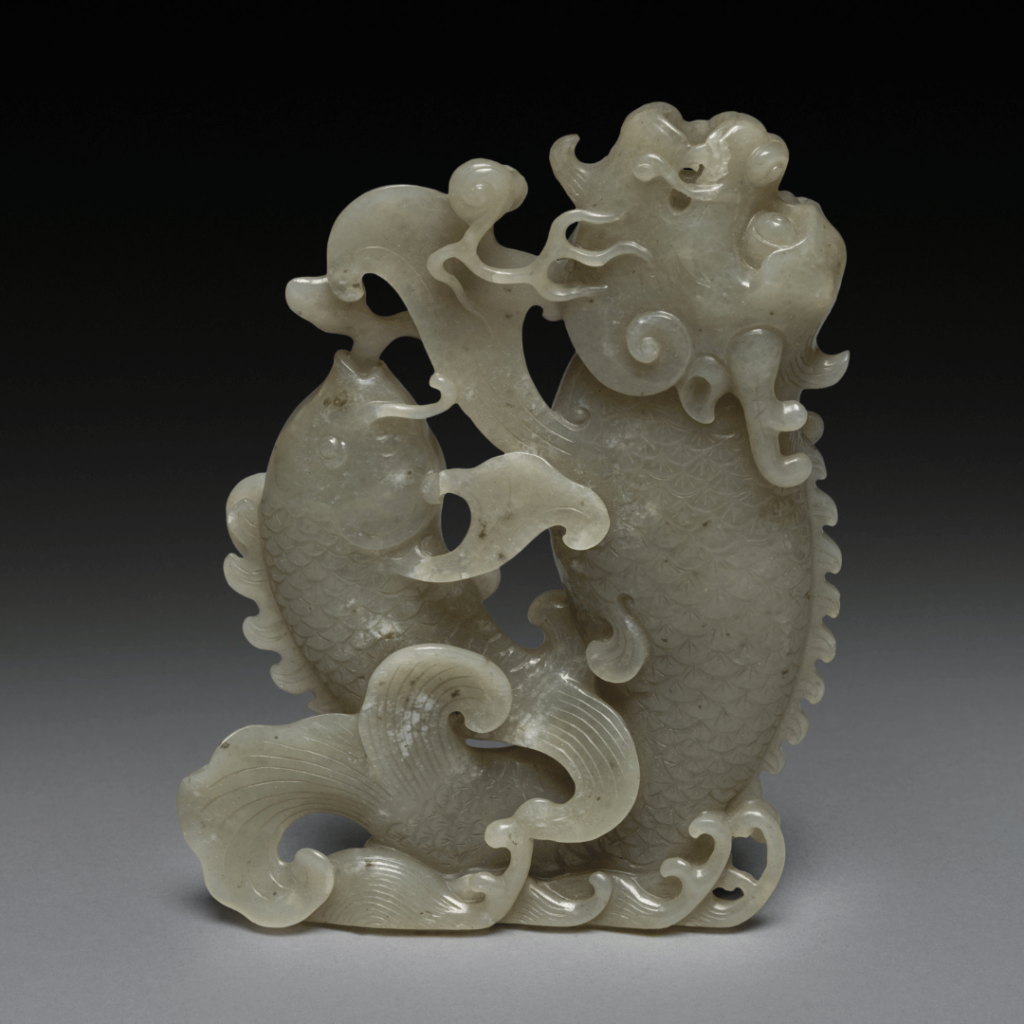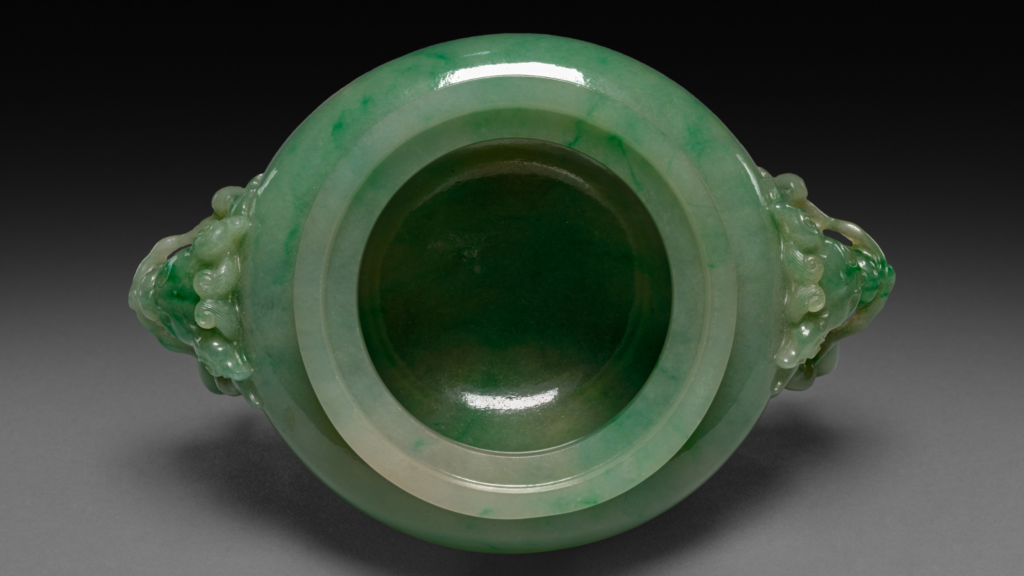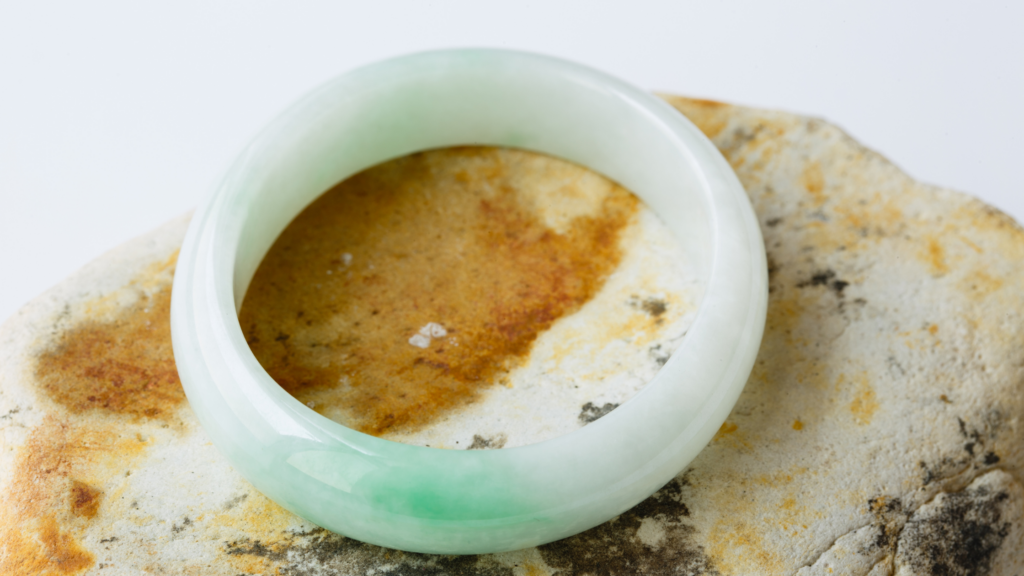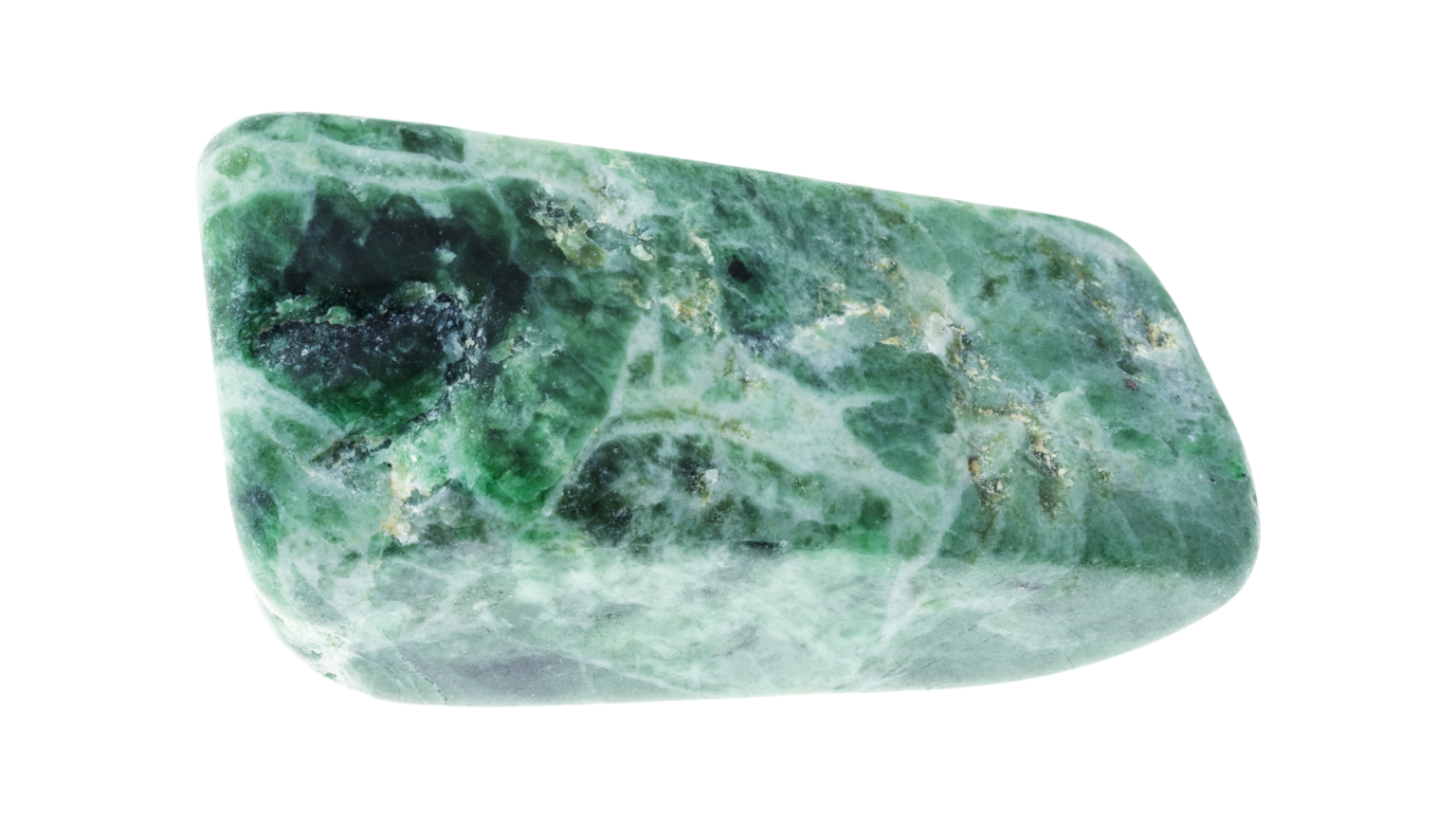Jade is one of the most revered gemstones in the world, cherished for its beauty, durability, and deep cultural significance. For thousands of years, it has been a symbol of virtue, protection, and prosperity across many cultures, particularly in China. Whether you’re a gemstone enthusiast, a spiritual seeker, or someone curious about its rich history, we will explore everything you need to know about jade. From its meaning and types to its symbolism and cultural importance, we’ll answer the most common questions people have about this mesmerizing stone.
What is Jade?
Jade is a term used to describe two distinct minerals: nephrite and jadeite. Both are prized for their toughness, vibrant colors, and cultural significance, but they differ in composition, appearance, and value.
- Nephrite:
Nephrite is a calcium-rich amphibole mineral. It is more common than jadeite and is found in regions like China, Russia, and New Zealand. Nephrite ranges in color from creamy white to deep green and has a smooth, waxy texture. It is known for its incredible toughness, making it ideal for carving and crafting. - Jadeite:
Jadeite is a sodium-rich pyroxene mineral. It is rarer and more valuable than nephrite, primarily sourced from Myanmar (Burma). Jadeite comes in a wider spectrum of colors, including emerald green, lavender, red, yellow, and black. It is often more translucent and vibrant than nephrite, with a glass-like appearance.
Both types of jade have been used for centuries in jewelry, carvings, tools, and ceremonial objects. Their durability and beauty have made them symbols of status, spirituality, and cultural identity.
What Does Jade Symbolize?
Jade is more than just a beautiful stone—it carries deep cultural and spiritual meanings. Here are some of the most common symbolic associations:
| Meaning of Jade | Description |
| Protection and Healing | Many cultures believe jade has protective qualities, shielding the wearer from harm and promoting physical and emotional healing. It is often used as a talisman for safety and well-being. |
| Wisdom and Harmony | Jade is associated with wisdom, balance, and harmony. It is said to bring clarity to the mind and peace to the heart, making it a popular stone for meditation and spiritual practices |
| Good Luck and Prosperity | In Chinese culture, jade is a symbol of good fortune, wealth, and longevity. It is often gifted to bring blessings to the recipient and is believed to attract abundance and success. |
| Love and Compassion | Jade is linked to the heart chakra, making it a stone of love, compassion, and nurturing energy. It encourages forgiveness and helps release negative emotions like anger or jealousy. |
| Immortality and Spirituality | Ancient Mesoamerican cultures, such as the Maya and Aztecs, viewed jade as a sacred stone connected to the divine and the afterlife. It was often buried with the dead to ensure safe passage to the next world. |

Types of Jade
Jade comes in a variety of colors and forms, each with its own unique appeal and symbolism. Here are the most popular types:
- Green Jade:
The most iconic and sought-after variety, green jade symbolizes growth, renewal, and vitality. It is often associated with nature and the heart chakra. - White Jade:
Representing purity, innocence, and tranquility, white jade is believed to cleanse the mind and spirit. It is often used in spiritual practices to promote clarity and peace. - Lavender Jade:
A rare and calming stone, lavender jade is associated with spiritual growth, intuition, and emotional healing. It is highly prized for its unique color and soothing energy. - Black Jade:
Known for its grounding and protective properties, black jade is often used for shielding against negative energies. It is also associated with strength and resilience. - Yellow Jade:
Symbolizing joy, optimism, and abundance, yellow jade is said to attract wealth and positive energy. It is often used in feng shui to enhance prosperity. - Red Jade:
A stone of passion and vitality, red jade is linked to the root chakra and is believed to enhance courage and strength. It is also associated with love and romance.
What Are People Searching for About Jade?
When people search for jade, they often have specific questions about its meaning, uses, and significance. Here are some of the most common queries and their answers:
- What does jade mean spiritually?
Jade is a stone of protection, healing, and harmony. It is believed to bring balance to the mind, body, and spirit, promoting emotional well-being and spiritual growth. - What are the benefits of wearing jade?
Wearing jade is said to promote emotional balance, attract good luck, and protect against negative energies. It is also believed to enhance wisdom, compassion, and longevity. - How can I tell if jade is real?
Real jade is cold to the touch, has a smooth texture, and is highly durable. Look for certifications or consult a gemologist for verification. - What is the difference between jadeite and nephrite?
Jadeite is rarer and comes in more colors, while nephrite is more common and typically found in shades of green and white. Jadeite is often more translucent and vibrant, while nephrite is more opaque and tough. - How do I care for jade?
Clean jade with warm, soapy water and a soft cloth. Avoid harsh chemicals and store it separately to prevent scratches. With proper care, jade can last for generations. - What colors does jade come in?
Jade comes in a variety of colors, including green, white, lavender, black, yellow, and red. Each color carries its own unique symbolism and energy. - Is jade expensive?
The price of jade depends on its type, color, and quality. Jadeite, especially in vivid green hues, can be very expensive, while nephrite is generally more affordable.

Why is Jade So Important in Chinese Culture?
In Chinese culture, jade holds a place of unparalleled importance and reverence. It is often referred to as the “Stone of Heaven” and has been cherished for over 5,000 years. Here’s why jade is so deeply valued in Chinese tradition:
- Symbol of Virtue and Morality:
Jade is associated with Confucian values such as wisdom, justice, compassion, modesty, and courage. It is believed to embody the qualities of a noble and virtuous person. - Representation of Power and Status:
Historically, jade was reserved for emperors and the elite. It symbolized power, authority, and divine favor. Jade artifacts, such as the famous “bi” discs and “cong” tubes, were used in rituals and ceremonies. - Connection to Immortality and the Divine:
Jade was thought to have a spiritual essence that connected the earthly realm to the heavens. It was often buried with the dead to ensure safe passage to the afterlife and eternal protection. - Cultural and Artistic Significance:
Jade carving is one of the oldest art forms in China. Skilled artisans create intricate designs, from delicate jewelry to elaborate sculptures, showcasing the stone’s beauty and cultural importance. - Symbol of Good Luck and Prosperity:
Jade is believed to attract good fortune, wealth, and longevity. It is often gifted during special occasions, such as weddings and birthdays, to bestow blessings upon the recipient. - Healing and Protective Properties:
In traditional Chinese medicine, jade is thought to have healing properties, promoting physical and emotional well-being. It is also worn as a protective talisman to ward off negative energies. - Cultural Idioms and Proverbs:
Jade is deeply embedded in the Chinese language. Phrases like “黄金有价,玉无价” (“Gold has a price, but jade is priceless”) highlight its incomparable value in Chinese culture.

Which Type of Jade is Used in Chinese Jewelry and Traditional Bracelets?
In Chinese culture, nephrite has historically been the preferred material for traditional jewelry, including bracelets. Here’s why:
- Historical Use:
Nephrite was the primary type of jade used in ancient China, dating back to the Neolithic period (around 5000 BCE). It was carved into ritual objects, burial items, and jewelry, symbolizing power, virtue, and immortality. - Symbolism:
Nephrite’s creamy white and spinach green hues were highly valued for their association with purity, harmony, and the natural world. The term “yu” (玉) in Chinese traditionally referred to nephrite. - Traditional Jewelry and Bracelets:
Nephrite has been used for centuries in Chinese jewelry, particularly in the form of bangles (bracelets) and pendants. These pieces were not only decorative but also carried deep spiritual and cultural meanings, such as protection, good luck, and connection to ancestors. - Modern Preferences:
While nephrite remains culturally significant, jadeite has gained popularity in modern times, especially for high-end jewelry. The vibrant green “Imperial Jadeite” is now highly prized and often used in luxury pieces. However, traditional Chinese jade bracelets and carvings are still predominantly made from nephrite due to its historical and cultural importance.
Conclusion
Jade is more than a stunning gemstone—it’s a timeless symbol of balance, protection, and personal connection. For thousands of years, it has been cherished not just for its beauty but for its ability to harmonize with the energy of its wearer. Jade helps balance emotions, calm the mind, and protect the spirit, fostering a sense of grounding and peace. Over time, it becomes a reflection of your journey, evolving with you as a trusted companion.
Jade is a perfect stone for both yourself and your loved ones, often passed down through generations. It’s a guardian gem, a source of harmony, and a protector of one’s energy. Whether worn for its beauty, symbolism, or calming presence, jade grows with you, offering its support and protection every step of the way.

